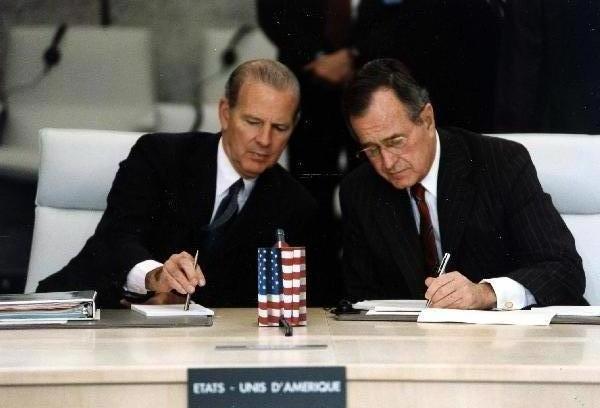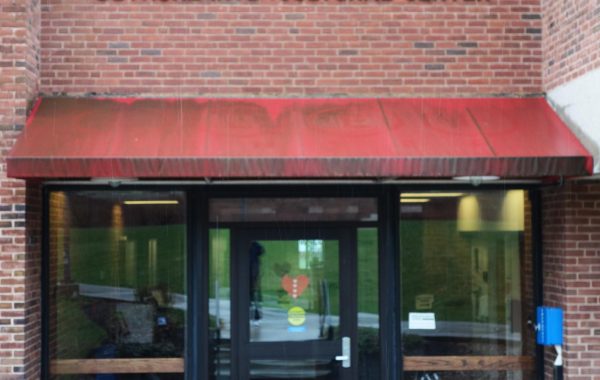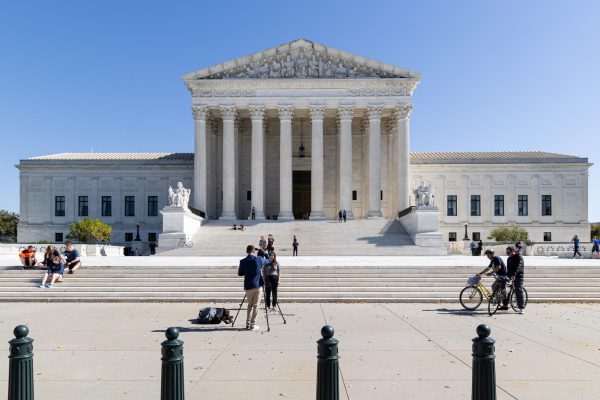The Opioid Crisis
November 19, 2021
Martin Njoku, a pharmacist in small town West Virginia, has borne witness to the opioid crisis making its way through his community. Following flooding that displaced citizens in neighboring counties, Njoku started distributing buprenorphine, a medicine said to cut the risk of overdosing in half, to said citizens and customers at his pharmacy. Buprenorphine (brand name – Subutex and Suboxone) can also double the chances for individuals to enter into long-term recovery.
A few years later, the Drug Enforcement Administration (DEA) accused Njoku’s pharmacy of contributing to the epidemic instead of helping it decrease. The DEA claimed that the substance posed an “imminent danger to public health and safety.”
Njoku has since expressed, “I lost everything that I worked for.”
The DEA does its best to limit the distribution of Suboxone due to the fact that the medicine is very much capable of being abused. In addition, the agency’s policies are exacerbating the epidemic by instilling a sense of fear in pharmacies. With this in mind, pharmacies are more unlikely to disperse the medication than to disperse it especially when it is actually needed.
Just last year, deaths from drug overdoses hit record highs, while less than 20% of people who misuse opioids have access to medications like Suboxone. Recently, the federal government has taken measures to increase the number of clinicians that are able to prescribe medicines like these, but even if the medicine is prescribed, only one in five pharmacies have the resources to provide buprenorphine to citizens. It is such a rarity due to the fact that many pharmacies are scared that stocking it will cause them to lose their DEA registration and, therefore, their business.
However, like many other prescription drugs, buprenorphine can be found illegally. Subutex is easy to misuse and has a higher street value than Suboxone. What is interesting here is that the misuse of buprenorphine has actually decreased in recent years even with the drug now being prescribed more often.
Now let’s backtrack to Njoku’s case: in court, the DEA argued that there were many “red flags” surrounding the pharmacy’s actions. The court documents recall that there were more prescriptions for Subutex than Suboxone, in addition to patients driving from places near and far to get medicine to help opioid treatment at Njoku’s pharmacy. The DEA also noted that many of these customers paid in cash. The majority of the time in prescription drug cases, these factors usually lead to signs of trouble, but in this case, it can represent the difficulty of obtaining a medicine that can be used to help people.
Despite having an administrative judge in the DEA rule in favor of Njoku, he faced dire consequences and eventually had to close his pharmacy in April of this past year. And the effects of this can affect more than just the surrounding area as the medicine is such a rare find. Many customers who lose access to their previous prescriptions find the next available pharmacy that can provide this medicine for them. In addition, due to the demand for the drug, pharmacies worry that ordering too much of it will inquire suspicions from the DEA. Many of these pharmacies have little room to increase order supply, especially since most people are on buprenorphine for years at a time.
Moral of the story, these cases with buprenorphine are drastic. They can end up really well and work out for some people, while others continue to struggle with their addictions and have limited access to medicines like buprenorphine.








